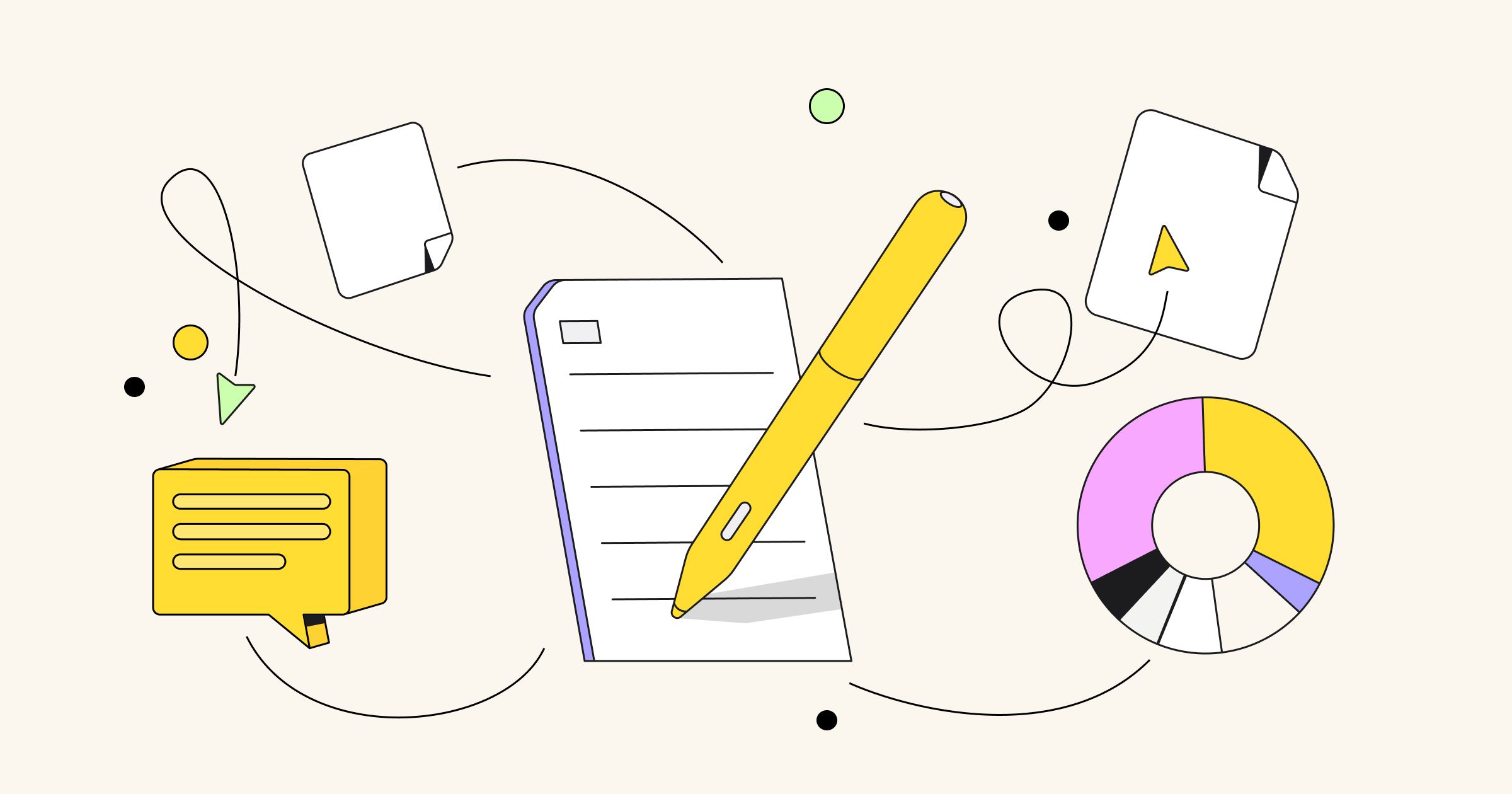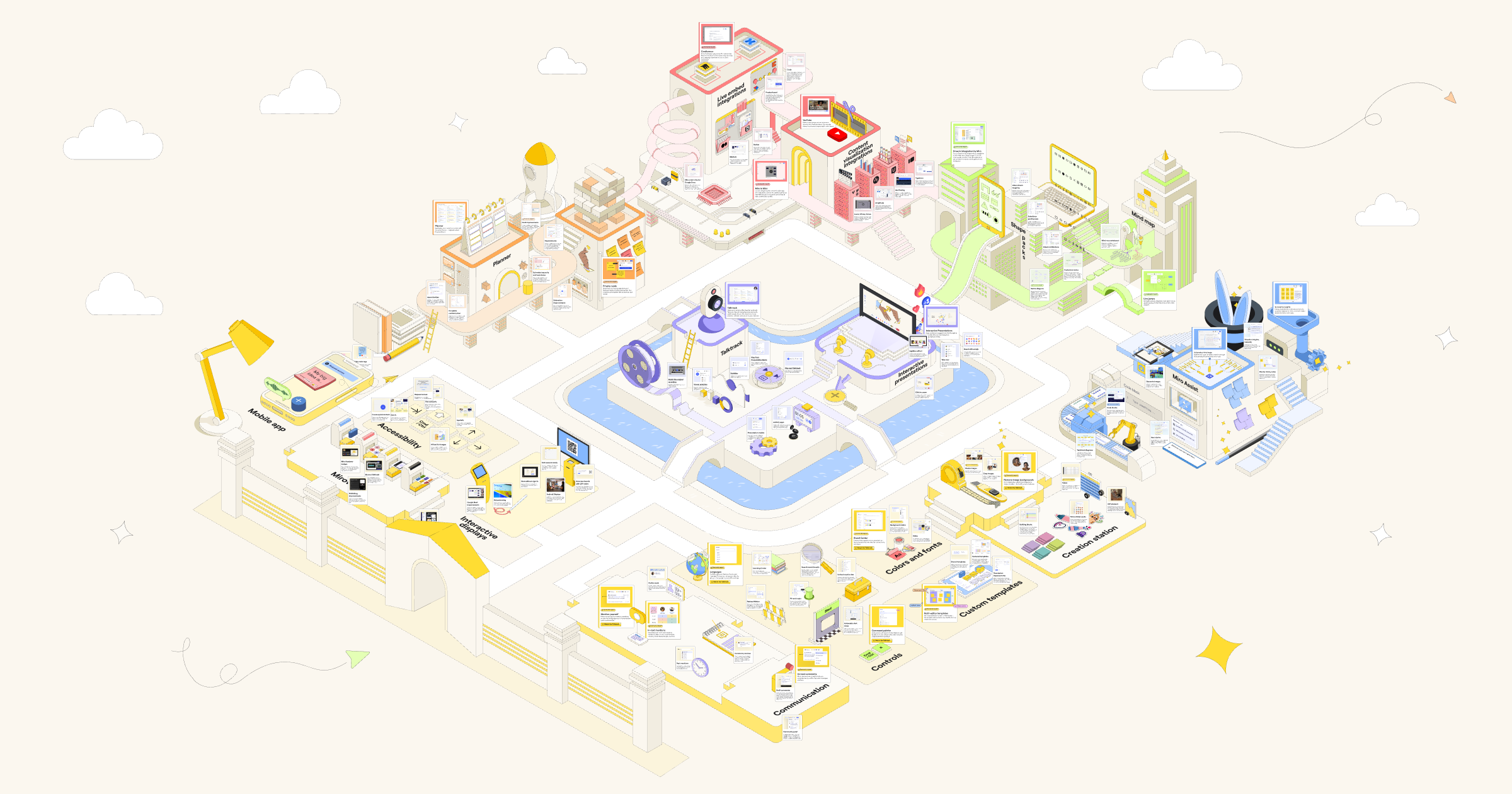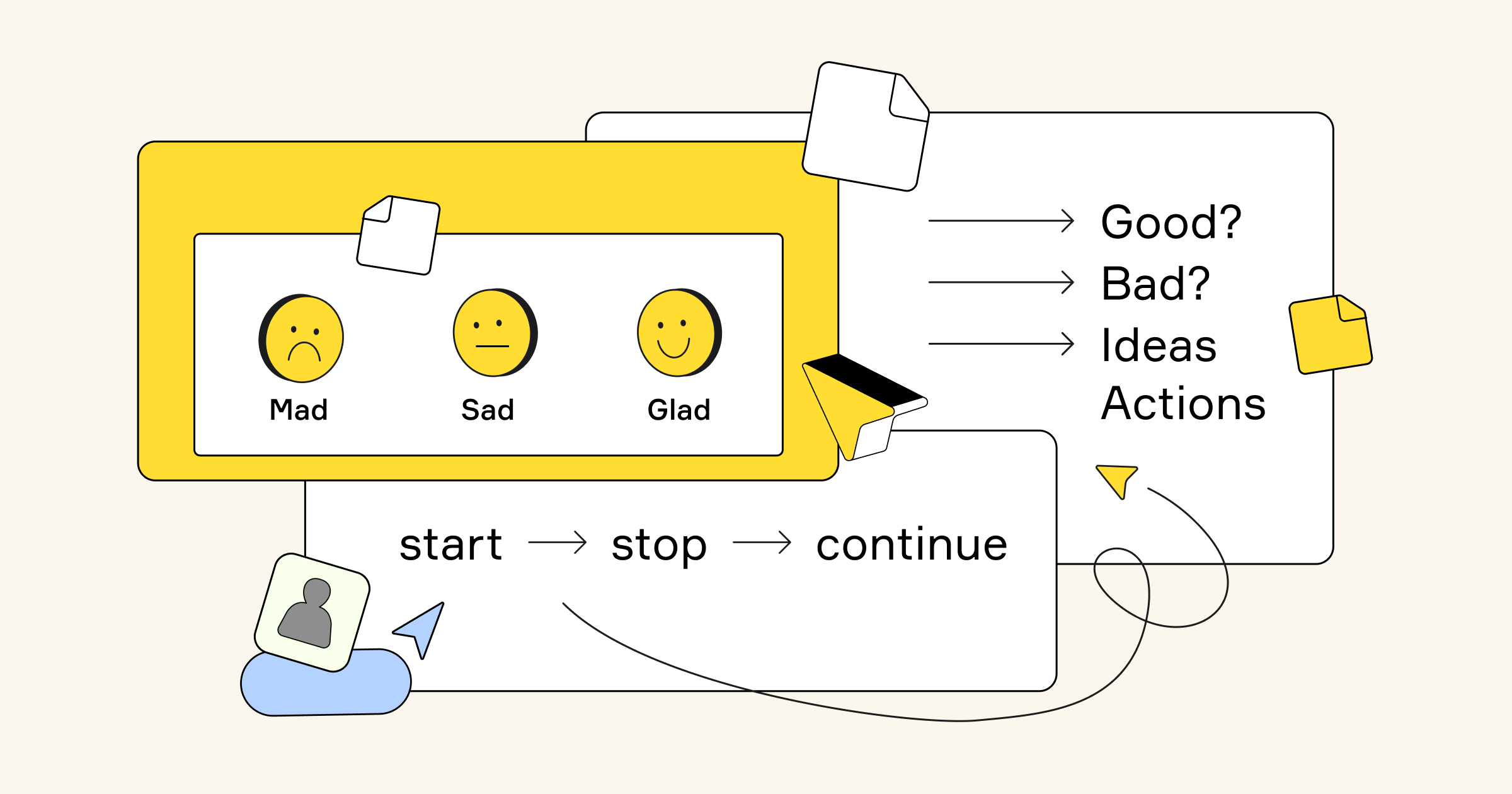As 2023 winds down, you might already be thinking about setting goals and resolutions for the new year. But to grow, learn, and improve, you must first take time for reflection.
Think about how a ballet dancer improves their craft. There’s more to it than simply practicing in front of a mirror. They continuously reflect on their form, observe their movements, and impartially critique their work. They imagine their intended future form and then physically make the changes needed to reach that ideal. Taking time to reflect and make even the smallest adjustments is how the ballet dancer achieves excellence.
But reflection isn’t just for elite dancers — it’s also an important practice for personal and professional success.
But this is the busiest time of year, you may be shouting. If you feel like you don’t have the time, remember that reflection helps you tune in to your values, principles, and beliefs, which can provide a compass for future goal-setting. It keeps your actions consistent with your intended goals and can even help you become a better leader. Without a process of reflection, you risk making the same mistakes over and over again. Plus, the benefits of reflection are backed by neuroscience. Recent studies have found similar cognitive and neural processes are involved in “remembering the past and imagining or simulating possible future experiences.” Using reflection as a method of memory recall helps you connect your present to your future.
As I recently shared on LinkedIn, I set aside time at the end of each year to conduct a personal retrospective. A structured approach to assessing and processing past actions helps me be more intentional about how I make decisions going forward. I have a clear-eyed view of what went well, where there’s room for improvement, and what I should focus on next year.
How to make the most of your end-of-year retrospective
Set aside time to reflect. Schedule time to conduct your personal retrospective like you would an important meeting. Block your calendar, find a quiet place to work, and turn off notifications that could be distracting.
Choose a method that works best for you. I practice my self-reflection ritual using this Miroverse template. While some prefer a traditional pen-and-paper method, using a template like this helps me organize my thoughts and think more expansively.
Start with good questions. The same questions may not work for everyone. My template includes questions that help me focus and dig into important areas in my life. For instance, asking, “What roles did I play in the last year?” feels more productive than asking a broad question such as, “What went well last year?” As you develop your reflection practice, you’ll discover the questions that work best for you.
Revisit the reflection later. As the year progresses, regularly check back in on what you wrote. Do you have any new insights? Are you observing growth and progress, or are there areas where you’re repeating old patterns? Use these insights to make incremental changes throughout the year.
What effective reflection is (and isn’t)
Reflection is active, not passive. You aren’t just thinking back to what happened in the past — you’re analyzing it with an objective lens, looking at it from different perspectives, and identifying areas in your life worth developing further. Ultimately, you reflect because you want to make sense of the world and propagate change in yourself.
Reflection is courageous. It takes vulnerability to sit with yourself and objectively analyze past actions. Reflection isn’t necessarily a feel-good exercise — an honest assessment of actions, behaviors, and consequences can be uncomfortable. But learning from mistakes is how we learn and grow.
Reflection takes patience. It’s like peeling back the layers of an onion — you’re probably still skimming the surface during the first 30 minutes of any reflection activity, so spend time with it to get to the good stuff underneath. Questioning, reframing, shifting perspectives, gathering external perspectives, and sitting with observations helps you go deeper, allowing you to more clearly identify how you want to change in the future.
Conduct your own personal retrospective with Miroverse templates
Inspired to do your own end-of-year personal retrospective? You can explore our vast library of Miroverse templates, including even more retrospective templates, to find the one that’s right for you. By grounding your goals in an honest reflection of the past year, you’re more likely to achieve them — and set yourself up for a great 2024.




